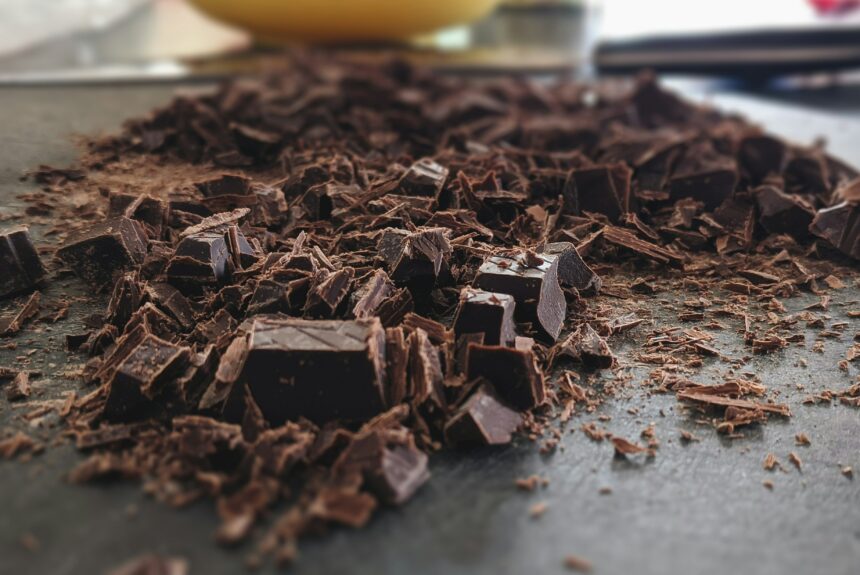Good news, chocolate lovers! Swiss researchers from ETH Zurich have found a way to make your favorite treat more sustainable by replacing refined sugar with plant waste.
By using components of the cocoa fruit that are usually discarded, scientists have developed a new variety of chocolate that is both healthier and more eco-friendly than conventional options.
The researchers leaned on upcycling to create this new recipe.
Upcycling is a critical step to reducing food waste and meeting climate goals. According to Australian food organization OzHarvest, approximately one-third of food produced worldwide is either lost during transportation and production or wasted, costing the global economy around $940 billion annually. Even worse, up to 10% of global greenhouse gas emissions stem from producing food that never gets consumed. By preventing perfectly usable ingredients from ending up in landfills and transforming them into new products, upcycling aims to limit unnecessary food waste and promote a more sustainable food supply chain.
>>>READ: This Game-Changing Seed Technology Could Transform the Way We Farm
In a report published in Nature Food on May 21, the researchers detailed their process of creating a sweet and fibrous gel that can serve as a sugar substitute in chocolate. By utilizing the entire cocoa pod, including the pulp and husk, rather than just the beans, they ground the cocoa bean shells into a powder and combined them with the pulp, or the ‘fleshy’ part of the cocoa fruit, to produce the jelly used in the chocolate.
Not only is the approach healthier, but it is also more sustainable. According to the study, the lab-made chocolate contains more fiber and lower levels of saturated fat compared to regular chocolate, making it a more nutritious ‘whole food’ alternative. Additionally, the new method uses six percent less land and water and is more environmentally friendly when produced at-scale: “A cradle-to-factory life cycle assessment shows that large-scale production of this chocolate could reduce land use and global warming potential compared with average European dark chocolate production,” the study says.
The global cocoa industry is marred by controversy over claims of child labor and linked to harmful environmental practices like illegal deforestation. These problems are particularly pronounced in tropical regions like West Africa, where over 70% of the world’s cocoa beans are grown.
>>>READ: How Shade-Grown Coffee Can Save Our Mornings
The new formulation could be advantageous for farmers who rely on the $100 billion chocolate industry to earn a living. By utilizing more parts of the cocoa fruit, small-scale farmers in lower-middle-income countries like Ghana and the Ivory Coast — where much of the chocolate-making process takes place — could diversify their product range and improve their earnings.
By promoting sustainable farming practices that mitigate the sector’s environmental impact during cocoa cultivation (the most emissions-intensive stage), ETH’s new ‘cocoa-fruit chocolate’ presents an innovative and environmentally-friendly option for eco-conscience chocolate lovers. These practices also enhance economic opportunities for local communities dependent on cocoa farming for their livelihoods.
Nathalie Voit is a freelance content creator and a graduate of the University of Florida. She is an alumni of The Heritage Foundation’s Young Leaders Program.
The views and opinions expressed are those of the author’s and do not necessarily reflect the official policy or position of C3.
